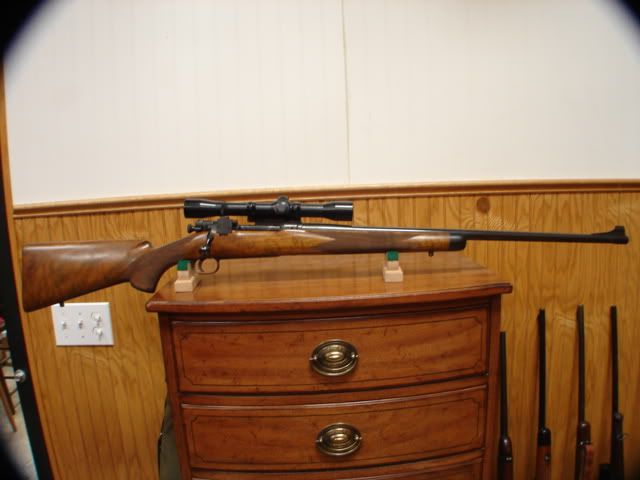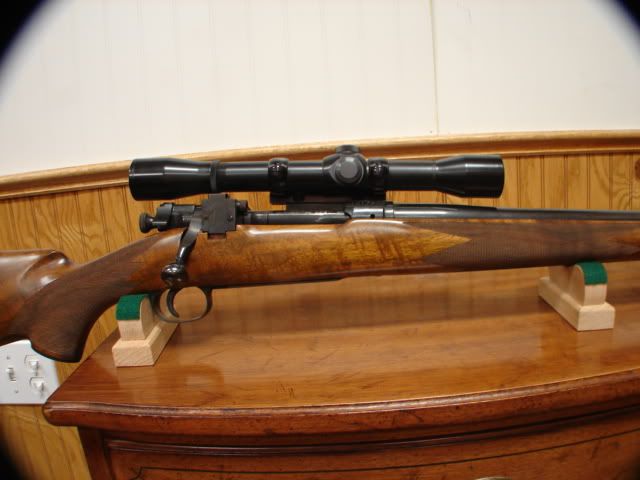One of the aspects of this issue is the fact that gun makers like Griffin & Howe and Sedgely often removed the serial numbers from the receiver rings of rifles they built using Springfield actions. Most G&H Springfields I have owned or examined were evidently made from arsenal made Springfield sporters, then available to NRA members, which have a slightly different barrel profile and no provision for a rear sight on the barrel. All arsenal manufactured Springfield sporters are high numbered.
Sedgely claimed to have a technique of re-heat treating low numbered receivers. As pointed out above, General Hatcher, who was in a position to know, wrote that "burned" receivers could not be successfully re-heat treated. However, determining whether a particular action is properly heat treated is simple, if the action is to be drilled and tapped. Correctly heat treated Springfields, like Krags, will have a hard outer surface and a softer inner area. If the receiver is hard all the way through, then very likely it will be brittle.
My Wundhammer Springfield is by definition low numbered, since all Wundhammer Springfield sporters were made before the heat treating process was changed following World War I. I have no hesitation about shoooting either it or my other low numbered Springfield, since both are fitted with Lyman 48 rear sights, and had to be drilled and tapped in the process.
However, my 7mm Remington Magnum, .375 Chatfield-Taylor and .458 Winchester Magnum Springfield sporters all feature double heat treated actions.
.458 Winchester Magnum
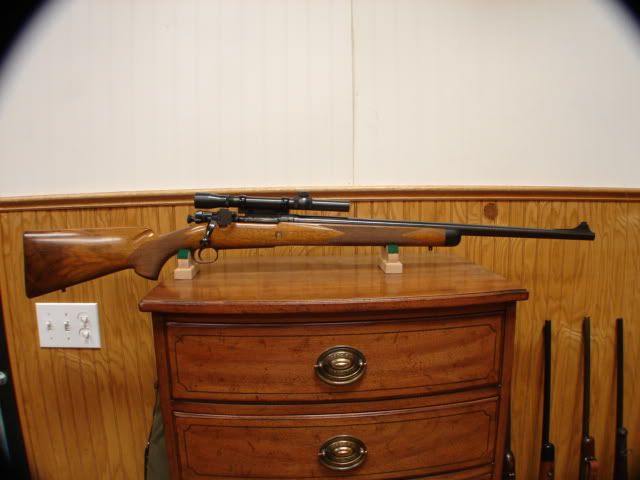
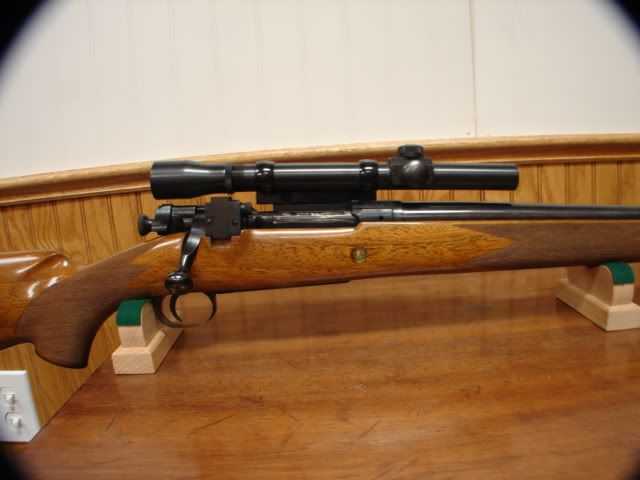
.375 Chatfield-Taylor (.375-.338)
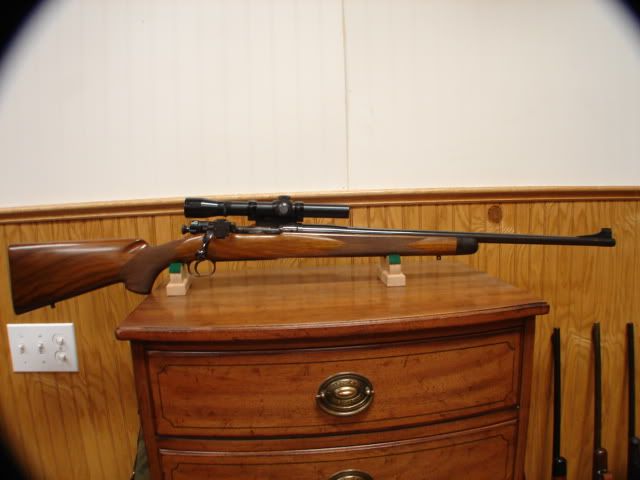
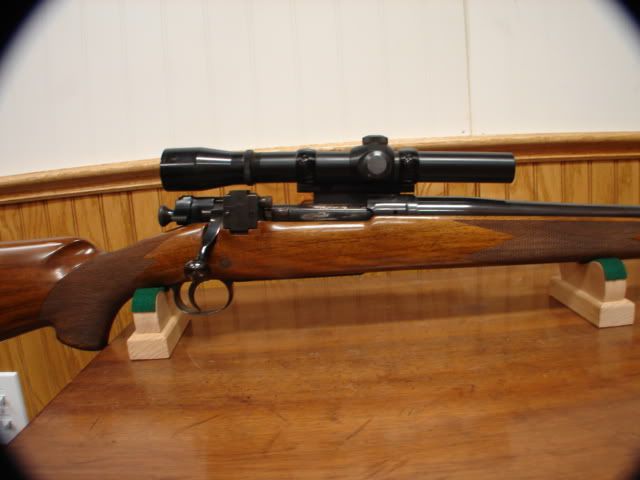
7mm Remington Magnum
